A collective term for the alkali metals and the hydroxides corresponding to monovalent silver and monovalent thallium, such as sodium hydroxide, potassium hydroxide, rubidium hydroxide, etc.
Generally refers to caustic sodium and caustic potassium. That is, sodium hydroxide and potassium hydroxide.
Because of their aqueous or other solutions to the skin, skin, paper, etc.
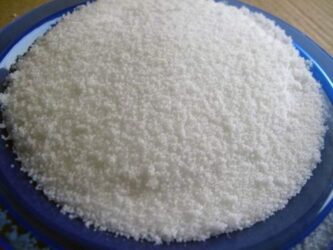
have a strong corrosive effect (such as sodium hydroxide aqueous solution can strongly corrode the paper, silver hydroxide ammonia solution can strongly corrode the skin), and thus the name “caustic”.
Caustic bases are generally referred to as sodium hydroxide and potassium hydroxide, which are known for their strong corrosive effects on skin, hair, etc.
Bases are including caustic bases, some of which are non-corrosive.
1. Caustic soda – Properties
White or yellowish bean-like granules, rods and lumps.
Melting point about 360°C, d 2. 044. 380°C as anhydrous. Very hygroscopic and deliquescent in air, absorbs carbon dioxide to produce potassium carbonate. Soluble in 0.9 parts of water,
0.6 parts of boiling water, 3 parts of ethanol, 2.5 parts of glycerol, while emitting a lot of heat. Insoluble in ether.
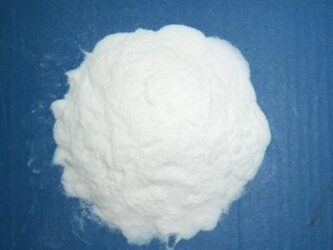
0. Imol/L aqueous solution pH 13.5. Non-combustible, highly corrosive. In contact with water and water vapor, it exerts a lot of heat and forms a corrosive solution.
Neutralization reaction with acid and exothermic.
2. Caustic soda – Standard
This product is produced by electrolysis of potassium chloride. Contains not less than 85.0% K O H .
3. Caustic soda – Preparation
A concentrated solution of potassium carbonate is injected into an electrolytic bath for electrolysis, and the resulting solution is transferred to a silver dish and evaporated to yield potassium hydroxide.
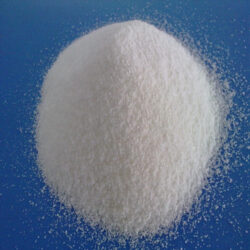
4. Caustic soda – Properties
It is a white solid in the form of small pills, flakes, rods or other shapes;
firm and brittle with crystalline fracture surface; easily absorbs moisture and carbon dioxide in the air.
It is very soluble in water and easily soluble in ethanol.
5. Caustic soda – Uses
Caustic soda\Caustic soda (scientific name sodium hydroxide) is a strong soluble base.
Caustic soda (scientific name: sodium carbonate) is actually a salt, because it is hydrolyzed in water and makes the solution alkaline,
and because it has some similar properties with caustic soda, it is called “two bases” in industry, side by side with caustic soda.
Both caustic soda and soda ash are easily soluble in water, strongly alkaline, and both provide Na+ ions.
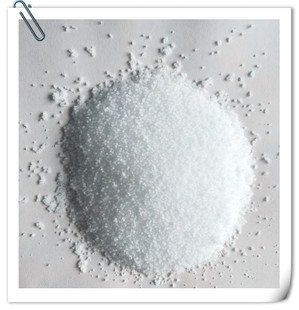
These properties make them widely used in soap making, textile, printing and dyeing, bleaching, paper making, petroleum refining, metallurgy and other chemical industries.
The printing, dyeing and textile industries also use large amounts of lye to remove grease from cotton yarn, wool, etc.
The production of man-made fibers also need caustic soda or soda ash.
For example, the production of viscose fiber first of all, 18-20% caustic soda solution (or soda solution) to impregnate cellulose, so that it becomes alkali cellulose, and then the alkali cellulose dry, crushed.
Refining petroleum also need to use caustic soda. In order to remove the gum in the petroleum fraction,
generally in the petroleum fraction with concentrated sulfuric acid in order to make the gum become acid residue and precipitation.
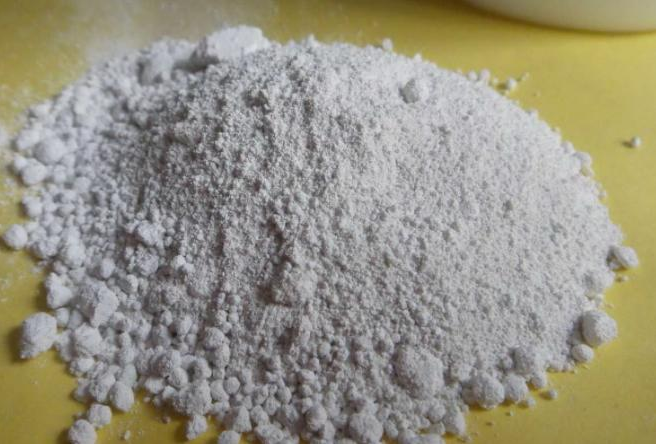
After acid washing, the oil also contains phenol, naphthenic acid and other acidic impurities as well as excess sulfuric acid,
which must be washed with caustic soda solution and then washed with water to obtain refined petroleum products.
6. Caustic soda – Identification
Take 50mg of this product and dissolve it with 500ml of water, the solution is alkaline.
The aqueous solution of this product shows the identification reaction of potassium salt (General rule 0301).
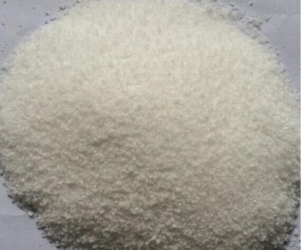
7. Caustic soda – Security
Oral LD50 in rats: 1.23 g/kg. contact with skin and eyes can cause injury.
Staff should be well protected. If eyes are inadvertently touched, they should be flushed immediately with plenty of flowing water.
The working environment should have good ventilation. It should be stored separately from flammable and combustible materials and acids.
Vapors are heavier than air and tend to gather at low places.
The vapor in the enclosed area can explode when it meets fire. Store in a dry and clean warehouse. Pay attention to prevent moisture and rainwater infiltration.
Should be stored separately from flammable and combustible materials and acids.
8. Caustic soda – Check
Clarity and color of the solution
Take 5g of this product, add 50ml of freshly boiled cold water to dissolve, and check according to the law (General rule 0901 and General rule 0902), the solution should be clarified and colorless.
Chloride
Take 5ml of the test solution under content determination, add nitric acid drop by drop to make it neutral, add water to 25ml and check according to the law (General rule 0801), compare with the control solution made of standard sodium chloride solution 2.0m l, it should not be more concentrated (0.01%).
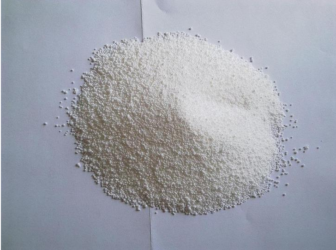
Sulfate
Take 2.0g of this product, add water and hydrochloric acid solution (1-2) to make it neutral, add water to 4 0 m l, then add 5ml of the above hydrochloric acid solution and test according to the law (general rule 0802),
compare with the standard potassium sulfate solution made of 1 .0m l control solution, not more concentrated (0.005% ).
Carbonate content measured under the content determination of potassium carbonate (k 2c o 3) content, should not exceed 2.0%.
Phosphate
Take this product 0 . 5 g, add an appropriate amount of water to dissolve, add nitric acid dropwise to make it significantly acidic, add water to 1 0 0m l,
add 4m l of ammonium molybdate sulfate solution and 0.lm l of stannous chloride solution, shake thoroughly, place for 1 0 minutes,
and standard phosphate solution (weigh 143mg of potassium dihydrogen phosphate in a 1000ml measuring bottle, add water to dissolve and dilute to the scale,
shake well. Before use, precisely measure 5 m l in a 100 ml measuring bottle, add water and dilute to the scale,
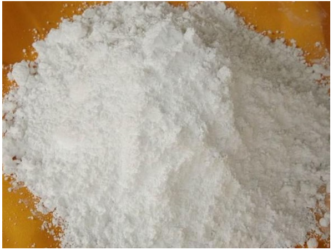
shake well. Each lm l is equivalent to 5 mix of PO4)2 .0m l made of control solution for comparison, shall not be deeper (0.002% ).
Sodium
Take 2.0g of this product, put it in a 250ml measuring flask, add water to dissolve it, add hydrochloric acid solution (1-2 ) to make it neutral, add water to dilute it to the scale, shake well,
measure 1.0ml precisely, put it in 4 100ml measuring flasks, add standard sodium solution (each lm l is equivalent to lm g of Na)0, 0.1, 0.2, 0.3ml respectively, add water to dilute it.
0.3ml, add water and dilute to the scale, shake well. According to the atomic absorption spectrophotometry (general rule 0 4 0 6 second method),
measured at 5 8 9 m n wavelength, calculated, containing sodium shall not exceed 1.0%.
Aluminum salt
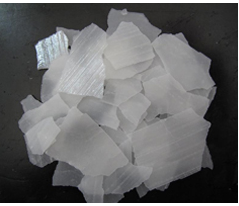
Take 1.O g of this product, dissolve it with water, add hydrochloric acid solution (1-2) to make it neutral, dilute it with water to 20 ml, add 2 m l of 3 0% acetic acid solution and 2 m l of 10% ascorbic acid solution,
shake well, add 2 0 m l of acetic acid-ammonium acetate buffer (pH 4.5) and ammonium rose trigonate solution (weigh 0.2 5 g of ammonium rose trigonate and gum arabic). 5 g,
add 2 5 0m l of water, dissolve in warm, add 8 7 g of ammonium acetate, dissolve, add 5 0 m l of hydrochloric acid, add water and dilute to 500 ml) 3 ml,
add water and dilute to 50 ml, shake well, place for 1 5 minutes, and standard aluminum solution [1 .7 5 9 g of potassium aluminum sulfate, weighed precisely,
placed in a 1000 ml measuring flask, add water and dissolve in appropriate amount, add sulfuric acid solution (1 -4) 10ml,
add water and dilute to the scale, shake well, then obtain. Each lm l is equivalent to 0. lm g of A l] 0 .5 m l made of control solution for comparison, shall not be deeper (0. 005% ).
Iron salt
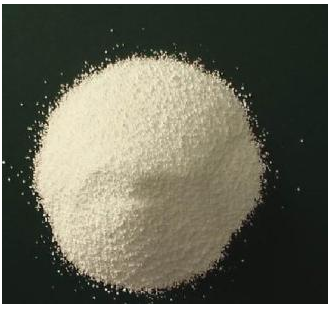
Take l .O g of this product, add 10 ml of water to dissolve, add hydrochloric acid solution (1-2) to adjust the p H value to 2, add water to 2 5 m l,
check according to the law (general rule 0807), compare with the standard iron solution 1 .0 m l made of control solution, shall not be darker (0.001 % ).
Heavy metal
Take l.O g of this product, dissolve with water, add 2 ml of nitric acid, evaporate in water bath, take the residue and dissolve with water,
adjust the p H value to 4 with 0.lm o l/L sodium hydroxide solution, add water to 2 0 m l, add 2 ml of acetate buffer solution (pH 3.5), then add water and dilute to 2 5 m l,
check according to the law (general rule 0821 first method), the heavy metal shall not exceed 20 parts per million.
9. Caustic soda – Content determination
Take 10g of this product, weigh it quickly and precisely, put it in a 250ml measuring flask, add freshly boiled cold water to dissolve it, let it cool to room temperature,
add water to dilute it to the scale, shake well, measure 50ml precisely,
put it in a 500ml conical flask with stopper, add 95ml of freshly boiled cold water and 5ml of 10% barium chloride solution,
stopper tightly, shake well, put it for 15 minutes, add 2 drops of sprinkle phthalide indicator solution,
titrate with hydrochloric acid titrant ( lm o l/L ) titrate until the solution disappears in red,
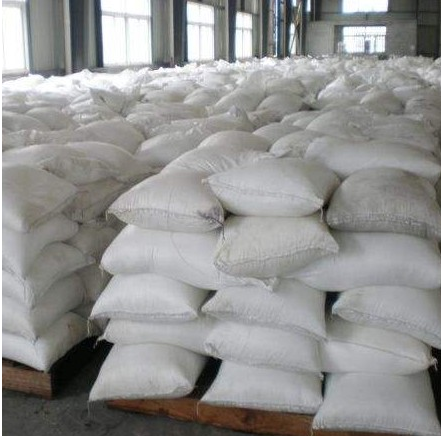
record the volume of consumed hydrochloric acid titrant (lm o l/L ) ( I ), then add 10 drops of methyl red – bromocresol green mixed indicator solution,
continue to titrate with hydrochloric acid titrant (lm o l/L ) until the solution changes from green to dark red,
boil for 2 minutes, cool, then titrate until the solution shows dark red. Record the volume (% ) of the consumed hydrochloric acid titrant (lm o l/L ).
Calculate the content of K O H in the test volume according to the volume consumed (W ),
and calculate the content of K2C03 in the test volume according to the volume consumed after adding methyl red – bromocresol green mixed indicator solution (V2 – W ).
Each lm l of hydrochloric acid titration solution ( lm o l/L ) is equivalent to 56.l lm g of K O H or 69.lOmg of K2C03.

 By Coco Ho
By Coco Ho



